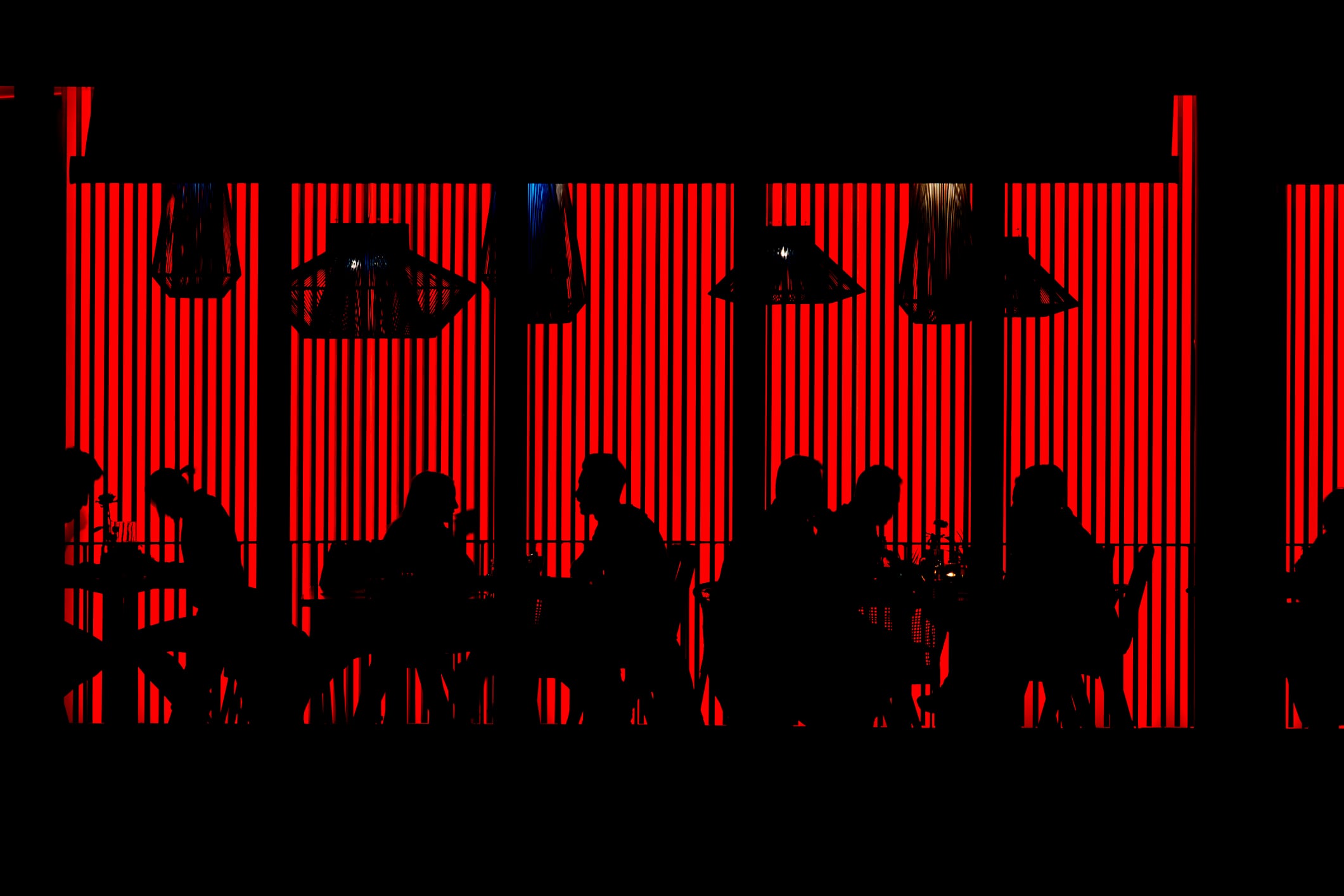Jeremy King is on a mission to reenergise London’s late night dining scene. In something of a call to arms last month, the renowned restaurateur announced in his newsletter that he was introducing a discount for late night diners across both his London restaurants in a bid to encourage people to ‘re-acquaint themselves’ with eating dinner after 9pm. “What has become apparent to me is that Londoners are eating earlier and earlier and becoming strangers to the joy and fun of late-night dining,” he said.
The 25% ‘night owls’ discount is available to diners who make a booking for 9:15pm (9pm on Sundays) or later at King’s Queensway restaurant, The Park; and 9:45pm (9pm on Sundays) or later at Arlington in Mayfair. That King has chosen from the outset to run the promotion until the end of the year (it applies to bookings up to Tuesday 30 December) is perhaps indicative of the scale of the late-night dining downturn he’s seen across his restaurants. Describing London as a city that now progressively eats early and where late-night dining is ‘a sadly too rare occurrence’, he added: “I am determined to capture back the night and encourage people to reacquaint themselves with sitting down to dinner after 9pm.”
Looking for oxygen
King isn’t the only operator in the capital to witness a shift away from late-night dining. Oliver Milburn, director at Kitty Fisher’s Group, which encompasses the eponymous Kitty Fisher’s in Mayfair and Cora Pearl in Covent Garden, has seen a similar decline at his venues. “Our restaurants are pretty busy, but there are lots of empty tables later at night,” he tells Restaurant.
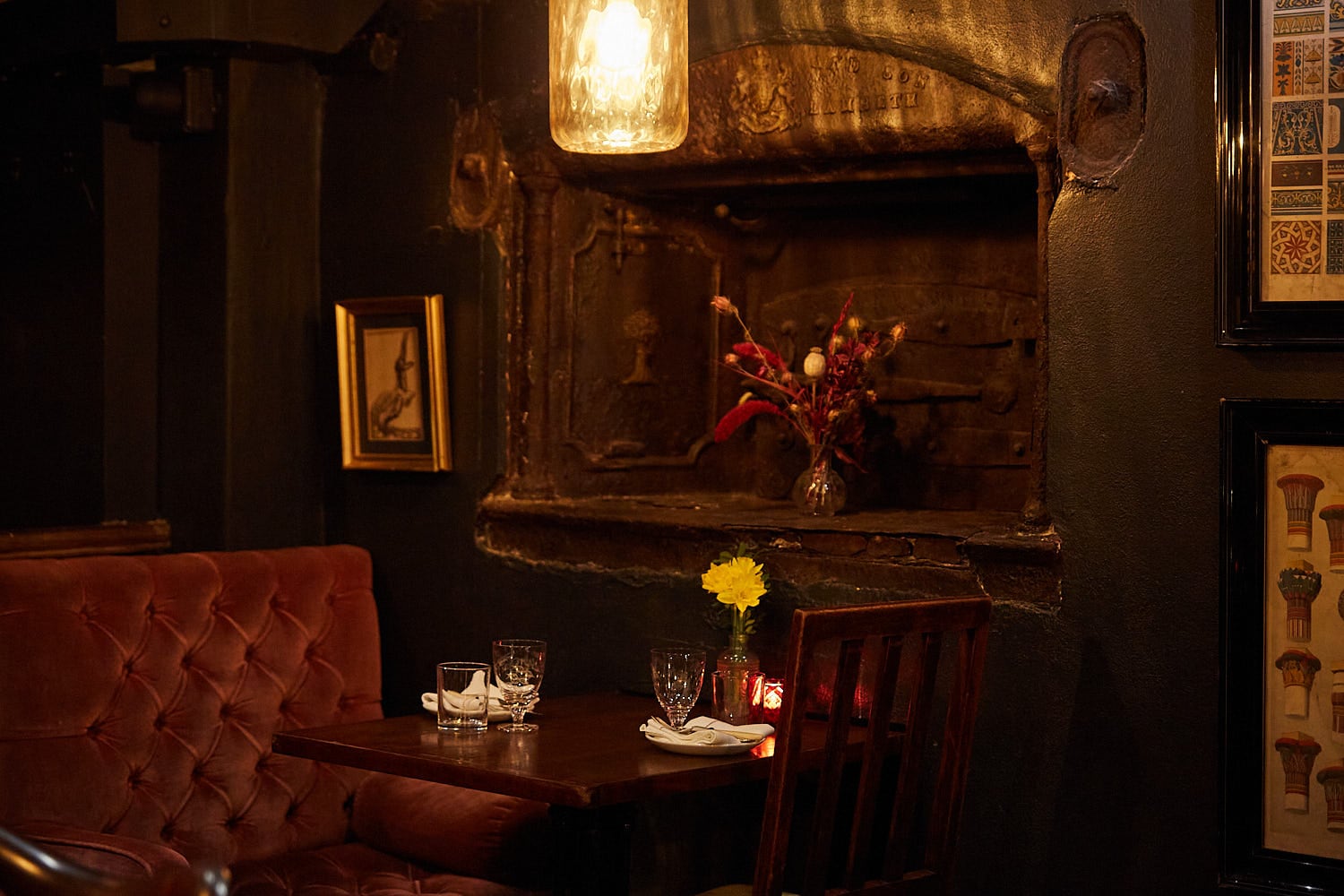
“Go back 10 years and we’d get a 7pm and 9pm crowd, but now the latter has diluted. There’s a trend for eating early now. And so, we wracked our brains about what to do about it.”
The solution on which Milburn and his team have alighted is the introduction of a new late-night dining offer called ‘Champagne On Us’, where anyone who books a reservation at Kitty Fisher’s after 9pm and at Cora Pearl after 8:30pm receive a complimentary bottle of Esterlin Champagne on ice. “Restaurants are always looking for oxygen,” says Milburn. “London’s market is very competitive and full of brilliant places to go, and we’re all trying to carve out our position in it.”
Go back 10 years and we’d get a 7pm and 9pm crowd, but now the latter has diluted. There’s a trend for eating early now
Oliver Milburn
In a very literal way, Milburn says the promotion is a piece of marketing designed to boost turnover later in the evening, but there’s more to it than that. “It’s also about reminding people what we’re about,” he continues. “Our restaurants are about people having fun at night, but it feels like everything’s become early.”
Indeed, Cora Pearl has recently had to rejig its opening times to accommodate the rise in early-evening dining, with service now beginning at 5pm rather than 5:30pm and last bookings now taken for 9pm instead of 9:30pm. “We realised that we’d be better off opening earlier. There used to be a lot of post-theatre dining and that still does happen. However, most people want to eat before the show now, and we had to adapt to that.”
Challenges of a changing landscape
Milburn believes societal change stemming from people’s rising predilection for a healthier lifestyle has partly contributed to this shift towards earlier bookings, although there are other factors at play. “If we take the working people in London with money in their pocket, a lot of that money now goes to gyms and less of it goes to restaurants,” he explains. “And not only that there’s a lot more competition. The number of really good restaurants in the capital is more than it’s ever been. It’s incredibly vibrant, and we’re all competing for a shrinking pool of diners.”
He notes that as well as people choosing an evening in the gym over one on the town, restaurants are also facing challenges from the shrinking of the working week (“it seems like no one works at the office on a Friday”) and the evermore widespread availability of delivery. “On top of all that, our costs are up,” he continues. “So, we’ve got to counter this.
“There are still people who cling to that romantic notion of restaurants of dark, candlelit places where you can whisper sweet nothings to each other, and we want [this promotion] to recapture something of that.”
Philip Inzani, owner of Polo Bar, the 24 hour ‘Great British café’ located opposite Liverpool Street Station in the City of London, echoes many of Milburn’s points. While his business operates in different area of the market to Kitty Fisher’s or Cora Pearl – late night dining here extends through the night to sunrise – the challenges are similar.
There’s been a decline in our propensity to go out, stay out and spend money. The whole conviviality thing has all gone
Philip Inzani
“Generally, sales over the last few years have been going in the right direction,” he explains. “But this year they are significantly down.
“People now are very careful with whatever money they’ve got, and I think that’s almost irrespective of how much they earn. There’s been a decline in our propensity to go out, stay out and spend money. The whole conviviality thing has all gone.”
While diners still frequent Polo Bar late into the night, habits have changed. “What we see is rather than groups ordering their own thing, they’ll order a couple of smaller plates to share. And rather than a few of rounds of drinks they’ll only have one. Across the board the average transaction is going down.”
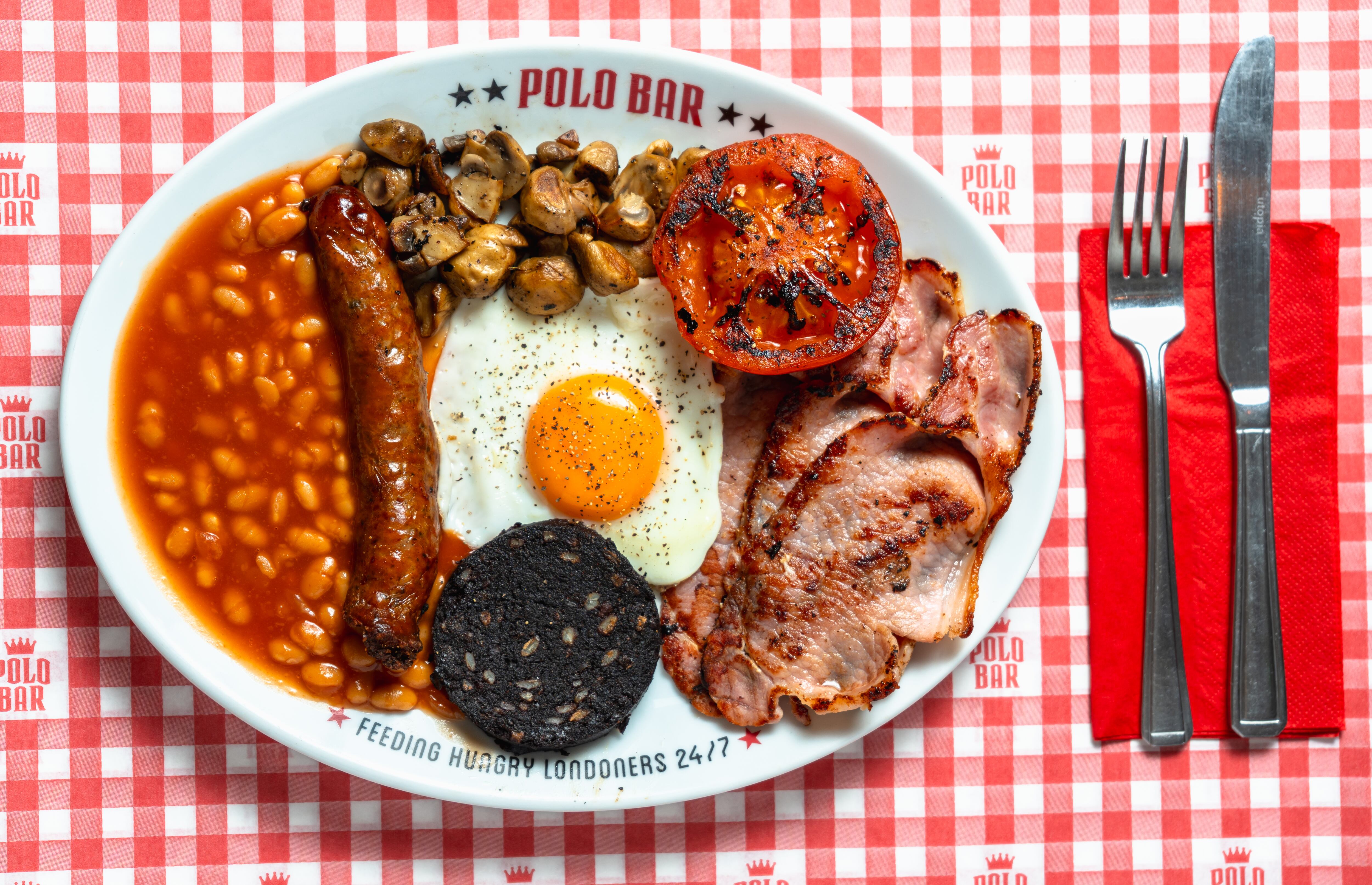
Dynamic pricing
Over in Westminster, chef Vivek Singh is exploring his own ideas for reviving late-night bookings at his high-end Indian restaurant The Cinnamon Club. Speaking to The Telegraph last month in the wake of King’s comments, Singh, who launched The Cinnamon Club back in 2001 and has now grown his restaurant collection to five sites across the UK and Dubai, hinted that he’s exploring the use of dynamic pricing.
“Demand needs to be created,” he told The Telegraph. “Sectors like airlines, they’re all dynamically priced. Nobody questions why their seat is half the price it was last night.
“If you’re trying to change diner behaviour, or footfall, or demographic, and want to do something rather than just sit there and complain that there’s not enough business, then this is one of the things that people will consider.”
The move follows what Singh has described as a notable drop in diners looking to book a late-night seating at his fine dining flagship. “It’s completely unlike any other time in the past 25 years that I have been here in London,” he told the publication. “We never had to encourage people to book a table at 9pm or beyond, it was just unthinkable.
“When I opened The Cinnamon Club, we were trading from 12pm to 2.30pm and then opening at 6pm and taking bookings until 10pm because there were still people looking to book at 10pm in the night. Now we take bookings only until 9.30pm and we barely get any [at 9:30].”
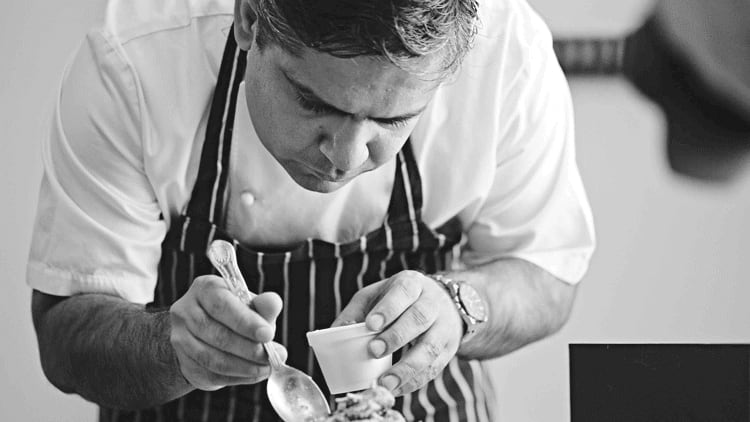
Dynamic pricing is by no means a new practise in the restaurant space, although it certainly doesn’t have the prevalence in the industry that it does across other sectors. Back in 2018, Soho restaurant Bob Bob Ricard adopted a three-tier pricing system, at the time charging 25% less for ‘off-peak’ bookings and 15% less for ‘mid-peak’. Other notable restaurants in the capital that have previously dabbled in this form of variable pricing include The Clove Club, Chez Bruce, and Luca.
More recently in 2023, pubco Stonegate, which counts the Be At One and Slug & Lettuce brands among its portfolio, faced a backlash when it introduced dynamic pricing across around 800 venues in its managed estate at peak times to help cover the cost of extra staffing, licensing requirements, and additional security. The move meant drinkers were charged around 20p more for a pint of beer over the weekend and led some consumers on social media to call on fellow customers to boycott the group’s venues. A YouGov poll in response to the move found that 74% of Britons were opposed to pubs and bars charging higher prices for drinks during peak hours.
Singh stressed to The Telegraph that he does not believe restaurants should increase prices at busier times. “The bit that I’m talking about is not necessarily surge pricing, it is just a slightly more refined way of discounting,” he continued. “You’re not going to put your tasting menu up to £150 just because a lot of people want to have it at that time.”
However, he added: “We live in a totally different world now, and the way people are both experiencing, transacting and consuming is so different that it does require a completely different prism to look at it through.”
Making late night work
Not every restaurateur in London is troubled by a dearth of late-night diners. Scott Collins, co-founder and CEO of MEATliquor, recently doubled down on his confidence in the late-night market with the launch of BLOODsports in Covent Garden. Open daily until 2am, the sports and watching bar is described as ‘a full-throttle, high-energy beast built for night owls, thrill-seekers, and people who hate boring nights out’.
Collins is no stranger to late-night operations. MEATliquor’s flagship restaurant on Margaret Street, close to Oxford Circus, is open daily until 3am with the kitchen remaining taking orders up to 2:30am. “We know it works for us,” he says.
“Covent Garden is consistently busy through the night. We have a broad clientele that includes the post theatre crowd, hospitality workers and tourists. There’s a market for it.”
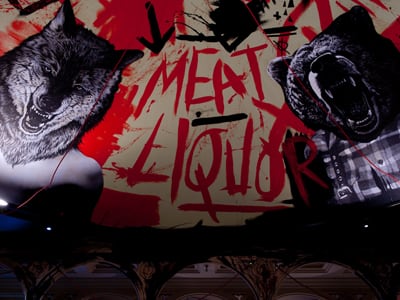
Similarly to Polo Bar, BLOODsports and MEATliquor sit in the casual space that is arguably much better positioned to appeal to the late-night crowd. Inzani adds that there are still nights, particularly Fridays and Saturdays, where turnover at Polo Bar remains strong. However, the broader decline in evening trade does leave him wondering whether his venue can continue operating as a 24/7 establishment in the long term.
“The issue with being open 24 hours is it brings added costs,” he says. “You need to make sure your customers and staff are safe, so you have added security like doormen. Staff require additional wages too for working unsociable hours.
“Those things are fine if the top line is coming in, but when the sales fall off then you have to work out what your breakeven is. And that means looking at the viability of being a 24-hour operation all week. Not every night is Saturday night.”
Chefs and restaurateurs, of course, would acknowledge that a Monday night might not be as busy as the same time on a Thursday or Saturday, nor are they asking for diners to hang around until midnight at the expense of staff nervous about missing the last tube home. But is a full reservation book at 9pm too much to ask?


